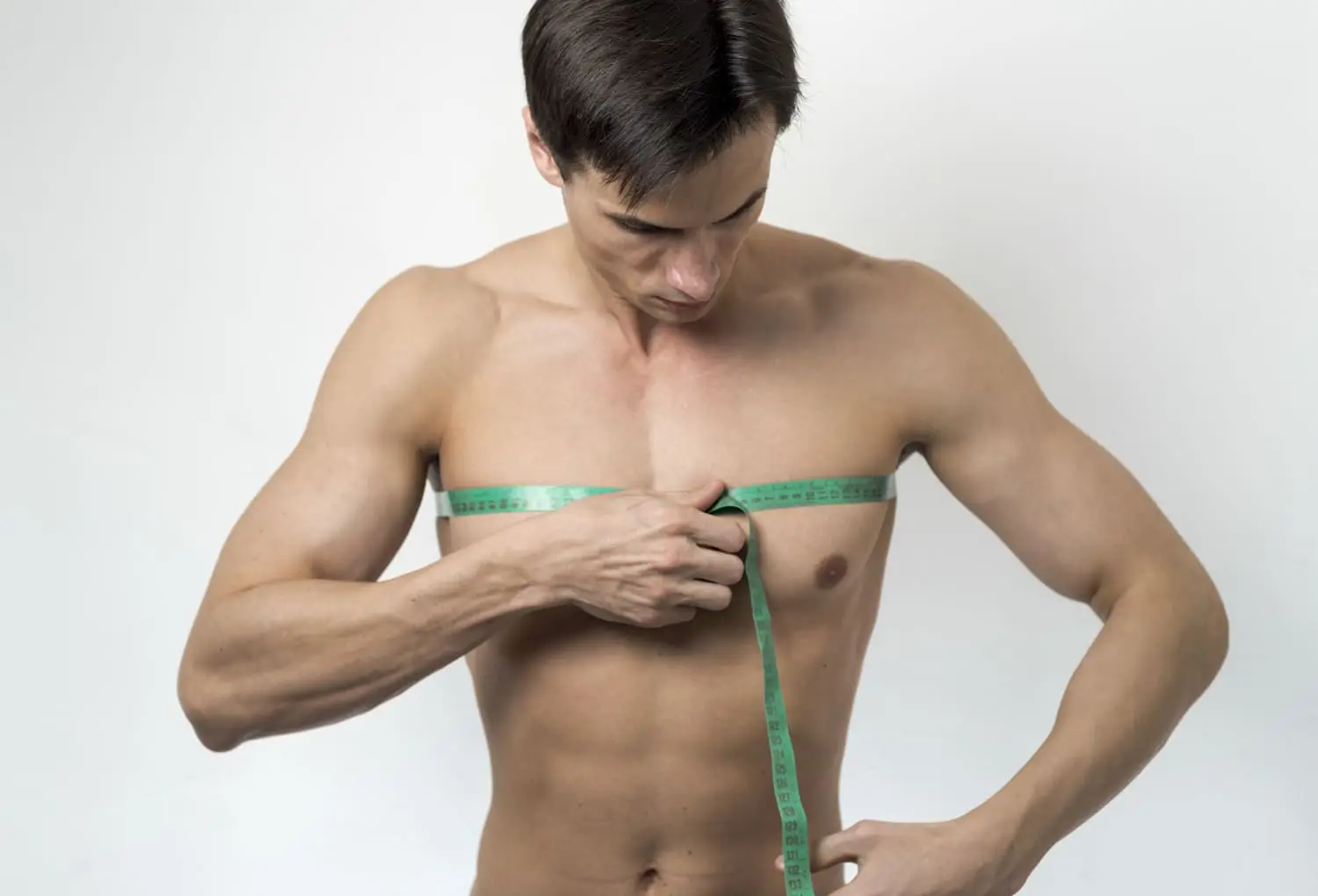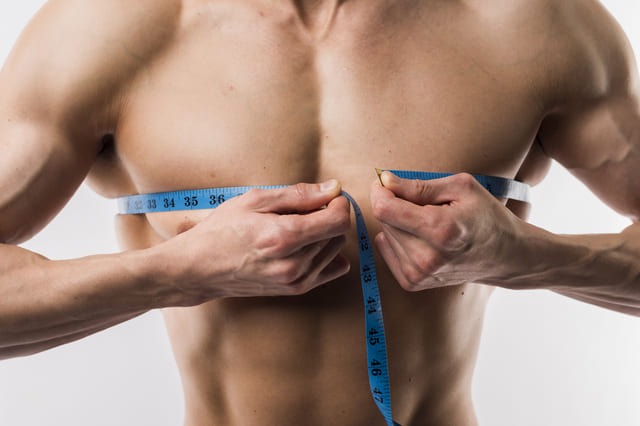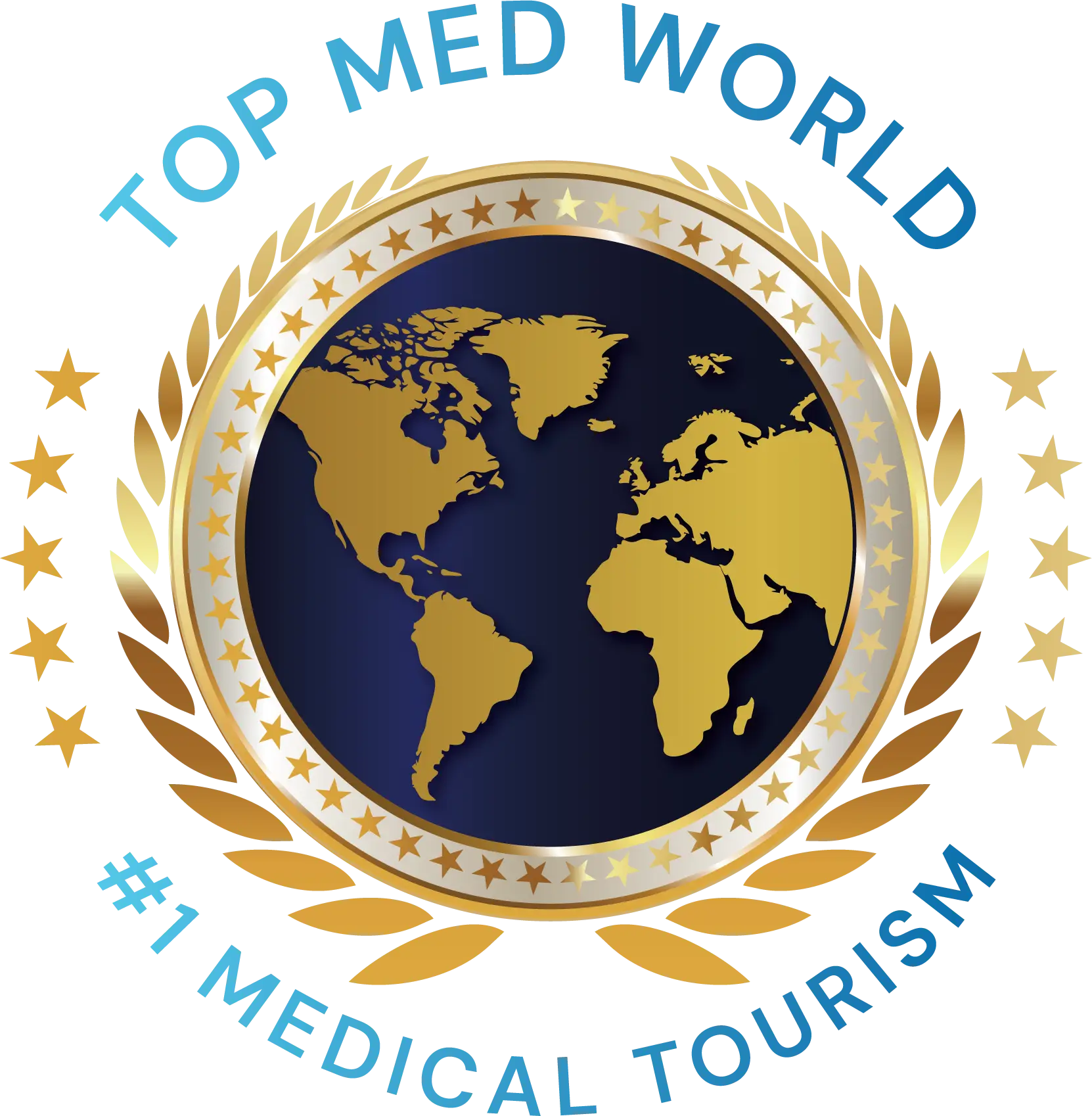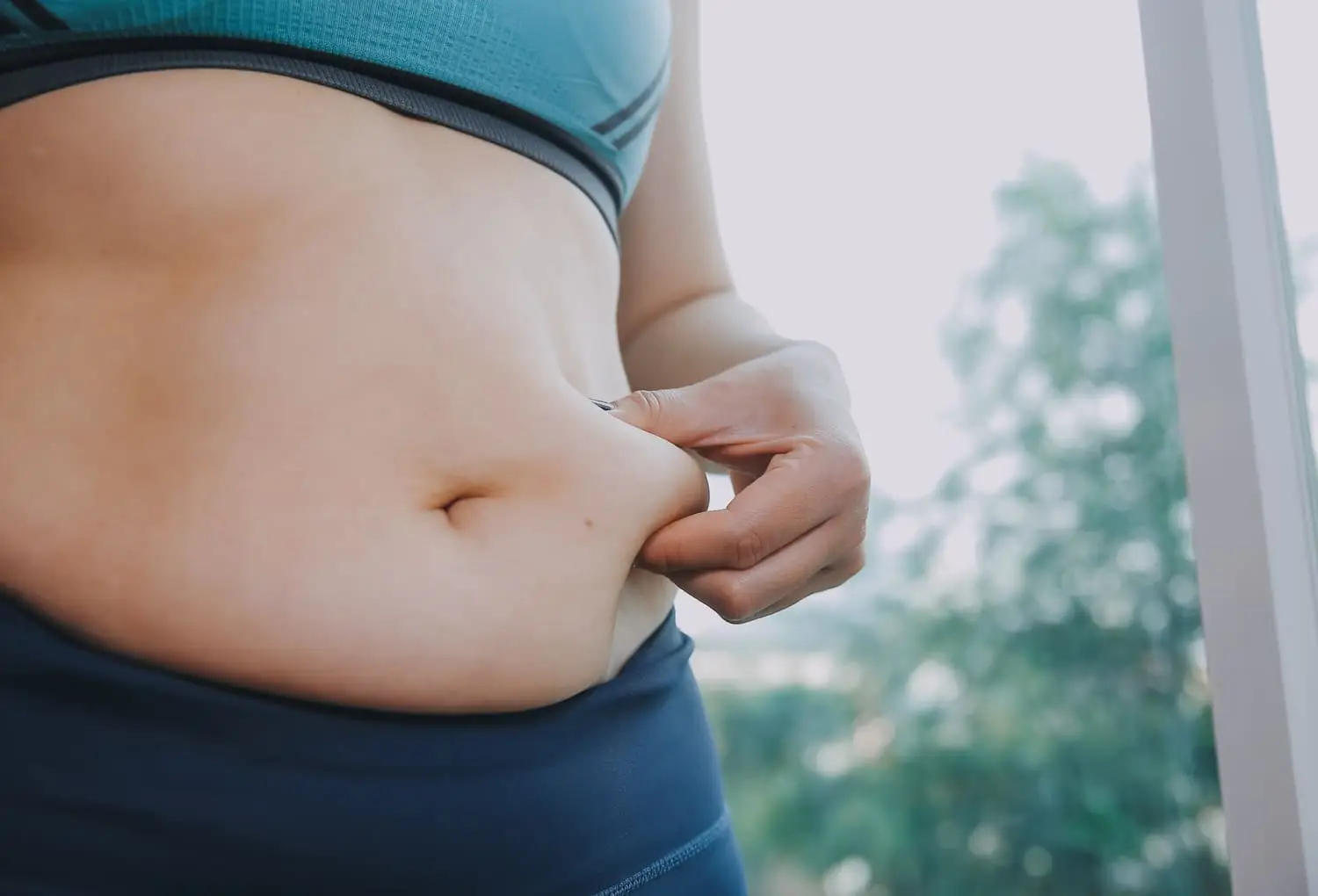
What is Gynecomastia Surgery and Who is it Suitable For?
日期 30/07/2025
We believe that many men want to achieve their desired body shape. This is because they want their bodies to be strong and desire an appearance that helps build self-confidence. However, one problem that many men are concerned about is "breast tissue" because some may have abnormal breast tissue growth, excessive fat accumulation in the breast area, or despite exercising and losing weight, their chest still doesn't flatten. This can create insecurity for men. In this article, we at TopMedWorld will explain what Gynecomastia Surgery is, who it's suitable for, what the process involves, how to care for yourself after surgery, and where to get good surgery in Thailand.

What is Gynecomastia Surgery?
Gynecomastia Surgery is surgery to remove abnormally enlarged or oversized male breast tissue to make the chest flatter, more proportioned, and more natural-looking. It's surgery to correct enlarged breasts in men (Gynecomastia) which may have various causes such as hormonal imbalance, genetics, use of certain medications, or excessive fat accumulation. This condition makes male breasts appear enlarged and protruding, resembling female breasts. This surgery can solve the problem.
Who is Gynecomastia Surgery Suitable For?
Gynecomastia Surgery is suitable for men with enlarged breasts and those with the following conditions:
- Abnormal breast tissue growth (True Gynecomastia): Especially those with large or firm mammary glands, not just fat accumulation alone
- Breast enlargement primarily from excess fat (Pseudogynecomastia): If doctors assess that chest enlargement is mostly from fat accumulation, VASER Liposuction alone may be sufficient. However, if there's also mammary gland tissue, combined surgery may be necessary
- Chest doesn't flatten despite exercise or weight loss: Those who have tried consistent weight loss and exercise but their chest remains large or disproportionate
- Feel insecure about their appearance: This problem affects confidence in wearing clothes, doing activities, or daily life
- Experience pain or discomfort in the chest area: Such as pain, swelling, or nipple sensitivity to touch
- Good health: No underlying diseases that would hinder surgery and have reasonable expectations for surgical results
- Good skin elasticity: In some cases with very sagging skin, additional skin adjustment may be needed

What is the Gynecomastia Surgery Process?
If you're someone with large, protruding breast problems that cause loss of self-confidence and want to solve these issues, understanding the surgical process of Gynecomastia Surgery is important to know well. The various processes are mostly as follows:
1. Consultation with Specialist Surgeon and Initial Assessment
- History taking and physical examination: The doctor will take a detailed health history, ask about symptoms, duration, suspected causes, medications currently being taken, and various medical histories
- Chest examination: The doctor will examine and assess the size, shape, and firmness of breast tissue to distinguish whether it's caused by mammary gland tissue, fat, or both
- Photography: Photos of the chest may be taken for comparison after surgery
- Diagnosis of cause: The doctor may consider blood tests to check hormone levels or other tests such as breast ultrasound or mammogram to confirm the cause and screen for other abnormalities such as male breast cancer (which is rare)
- Treatment planning: The doctor will explain appropriate surgical techniques, potential risks, expected results, and answer patient questions
2. Pre-Surgery Preparation
- Stopping certain medications: The doctor will recommend stopping certain medications that affect blood clotting, such as aspirin, anticoagulants, or certain supplements that may increase bleeding risk
- Stopping smoking and alcohol: Should stop smoking and drinking alcohol at least 2-4 weeks before surgery as they may affect wound healing
- Preparing the body: Should get adequate rest and eat nutritious food to keep the body strong
- Managing travel and recovery: Prepare for post-surgery travel home and self-care during recovery
3. Surgery Steps
Generally, surgery takes about 1-2 hours and may use local anesthesia or general anesthesia depending on complexity and surgeon's technique. The various steps include:
Anesthesia: The doctor will administer local anesthesia with sedation or general anesthesia to keep the patient comfortable and pain-free during surgery
Preparation and Marking: The doctor will clean the chest skin and may draw lines to define surgical boundaries
Incision: The position and size of incisions vary depending on the amount of tissue to be removed and technique used. Generally, incisions are hidden around the areola or under the breast fold to minimize visible scarring
- Liposuction: If breast enlargement is primarily from excess fat or includes fat, the doctor will use liposuction technique by inserting a small tube (cannula) under the skin through small incisions, then suction out excess fat
- Excision: If there's abnormal mammary gland tissue, the doctor will surgically remove the mammary gland tissue directly through the opened incision. This technique is necessary when there's very dense breast tissue or when nipple/areola position/size adjustment is needed
- Combination: In many cases, doctors often use both techniques together for best results, both fat reduction and mammary gland tissue removal
Chest Contouring: The doctor will adjust the chest shape to be smooth, natural-looking, and more masculine
Closing Incisions: After removing tissue and adjusting chest shape, the doctor will close incisions with dissolvable or non-dissolvable sutures depending on the doctor's judgment, and may insert temporary drains to prevent blood and fluid accumulation
Post-Surgery Care
- Bandaging or wearing compression garment: Patients will be bandaged or wear a compression garment around the chest immediately after surgery to help reduce swelling, reduce blood pooling, and help the chest take shape
- Wound care: The doctor will provide instructions for wound care, cleaning, and changing dressings
- Taking medication: The doctor will prescribe pain medication and antibiotics to reduce pain and prevent infection
- Follow-up appointments: Patients must see the doctor as scheduled to check wounds, remove drains (if any), and evaluate surgical results
- Recovery and precautions: Should get adequate rest, avoid lifting heavy objects, exercising, or activities requiring chest strength for at least 3-6 weeks or as advised by the doctor
Top Clinics for Gynecomastia Surgery in Thailand
- ID Clinic
- Wansiri Hospital
- Masterpiece Hospital
- Kamol Cosmetic Hospital
- Bangkok Hospital
Gynecomastia surgery in Thailand is an excellent option, and choosing our services at Top Med World, you'll receive professional medical tourism services, including airport pickup, surgery appointment booking, to post-surgery care for a great user experience. You can contact us by clicking here.





